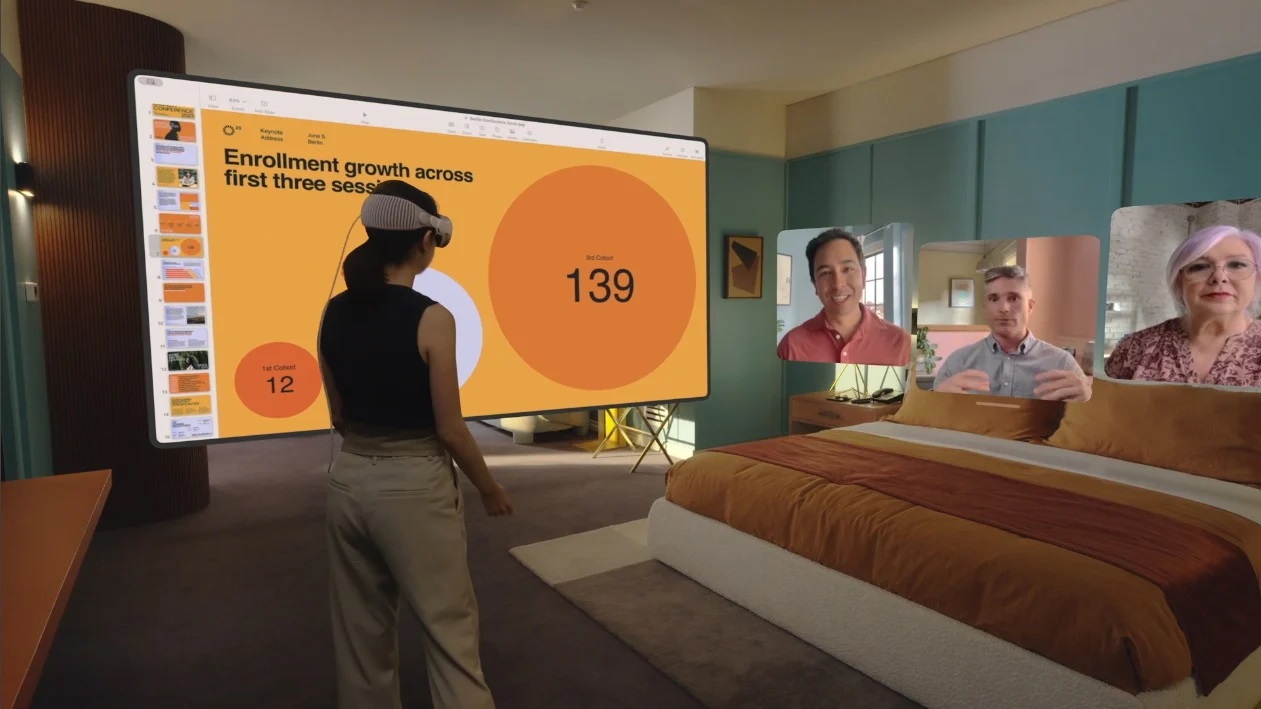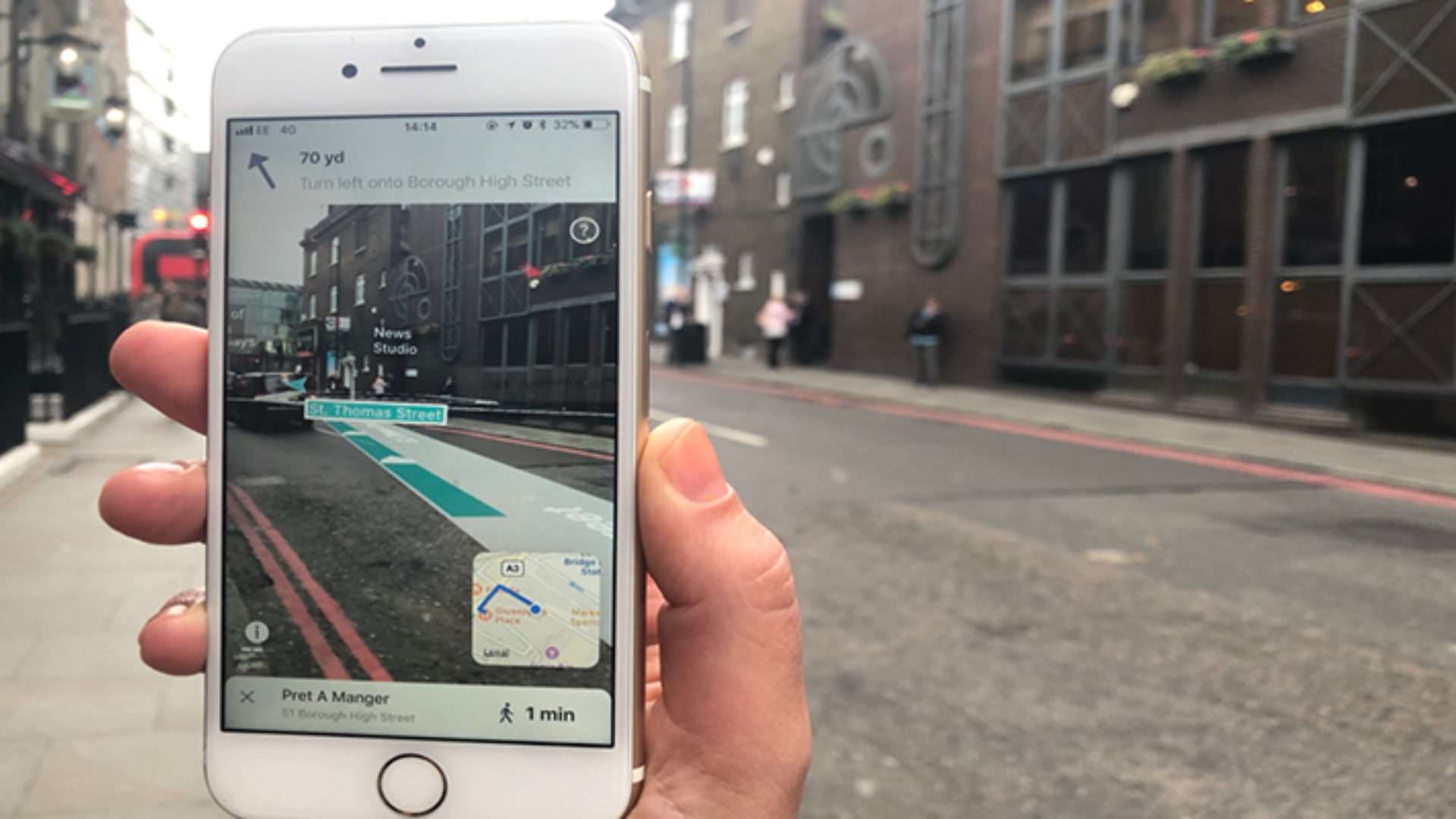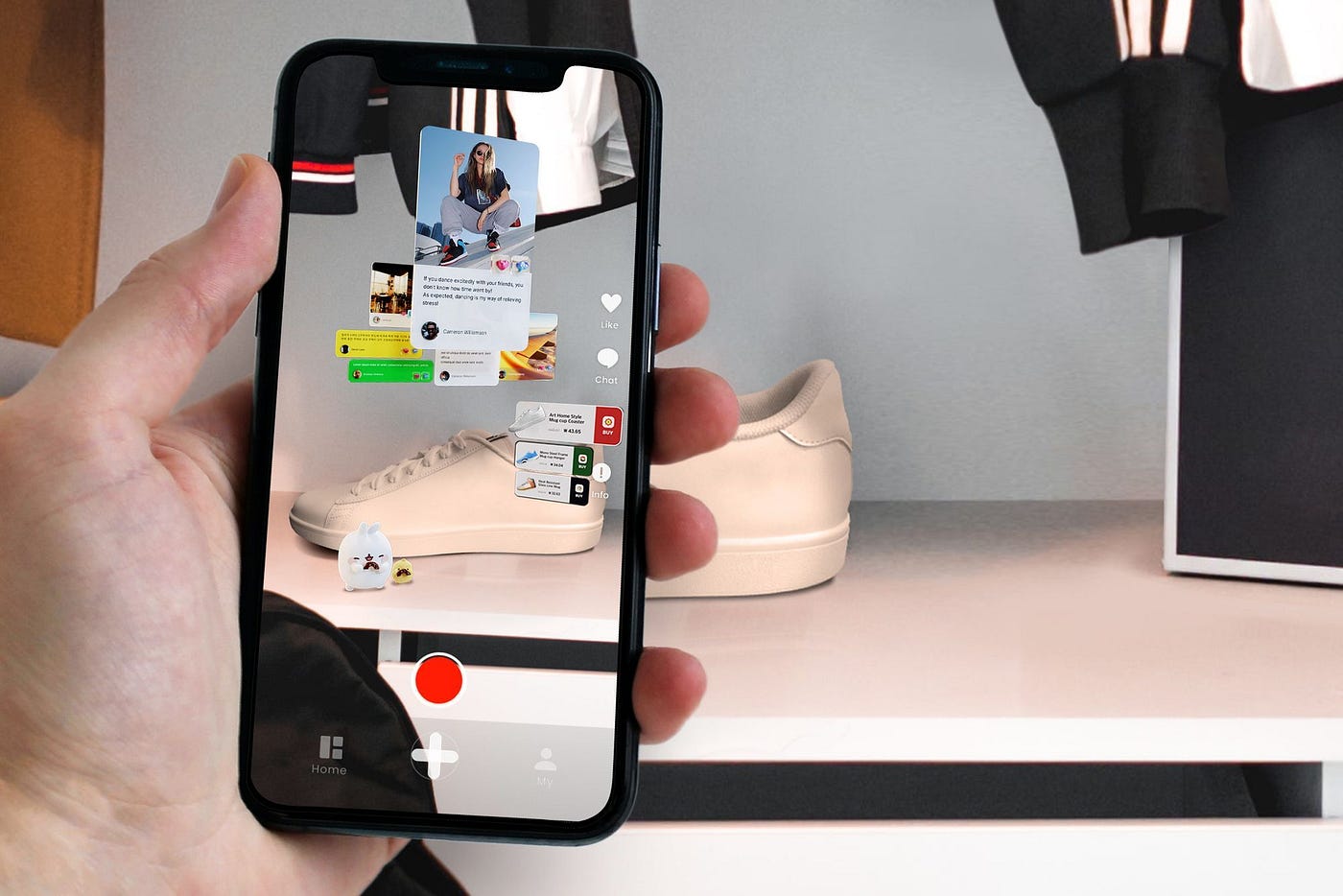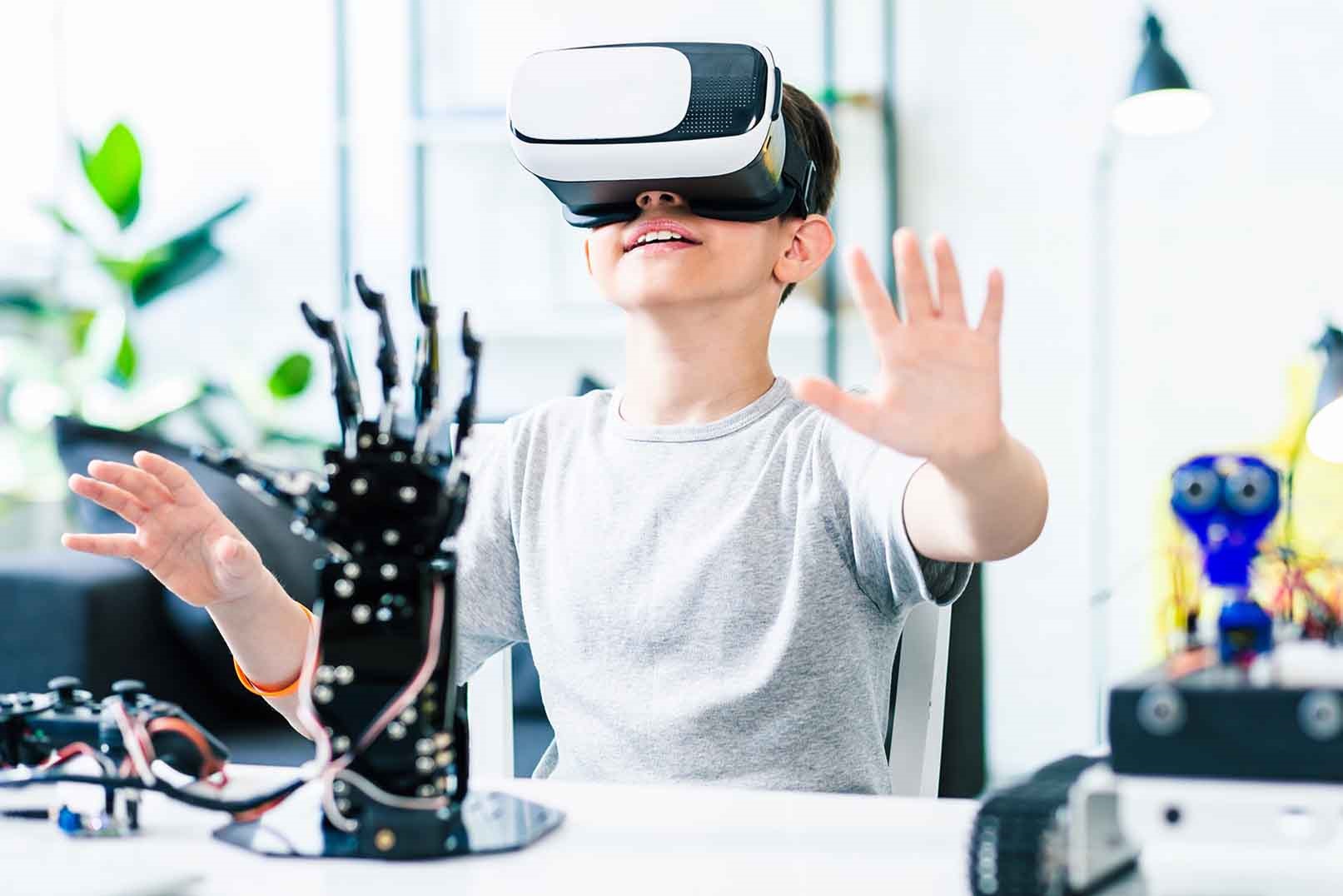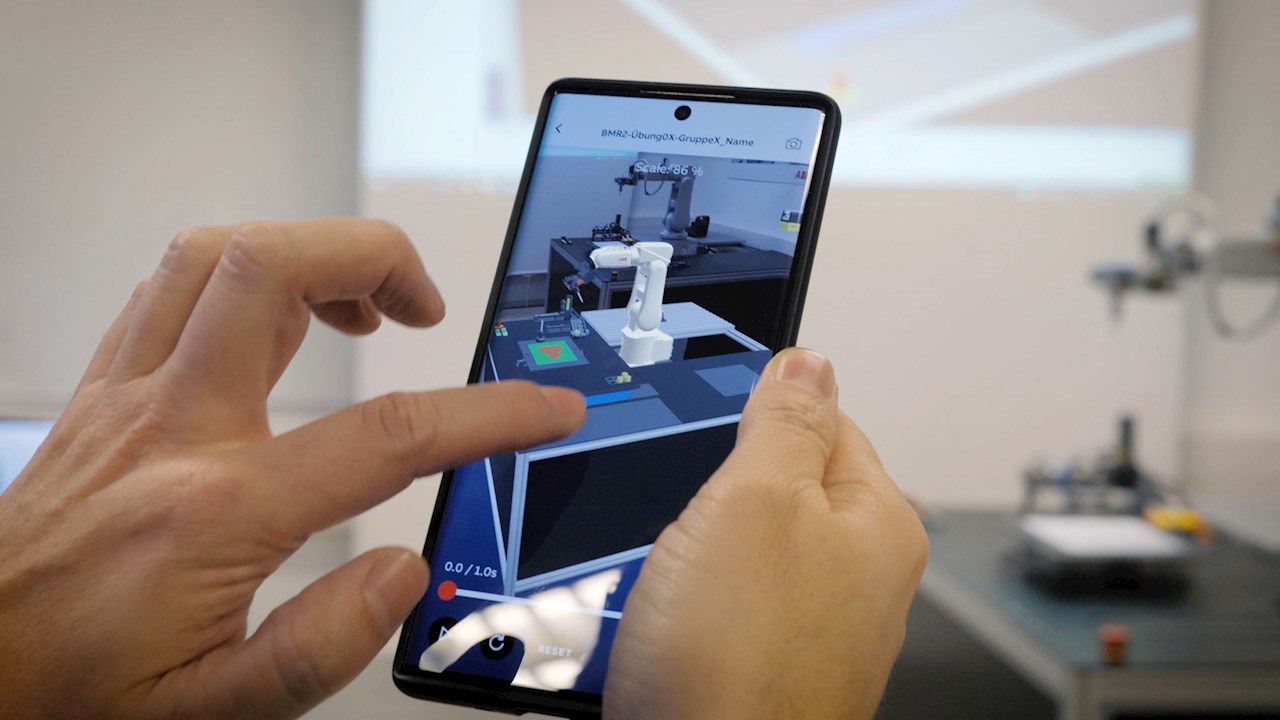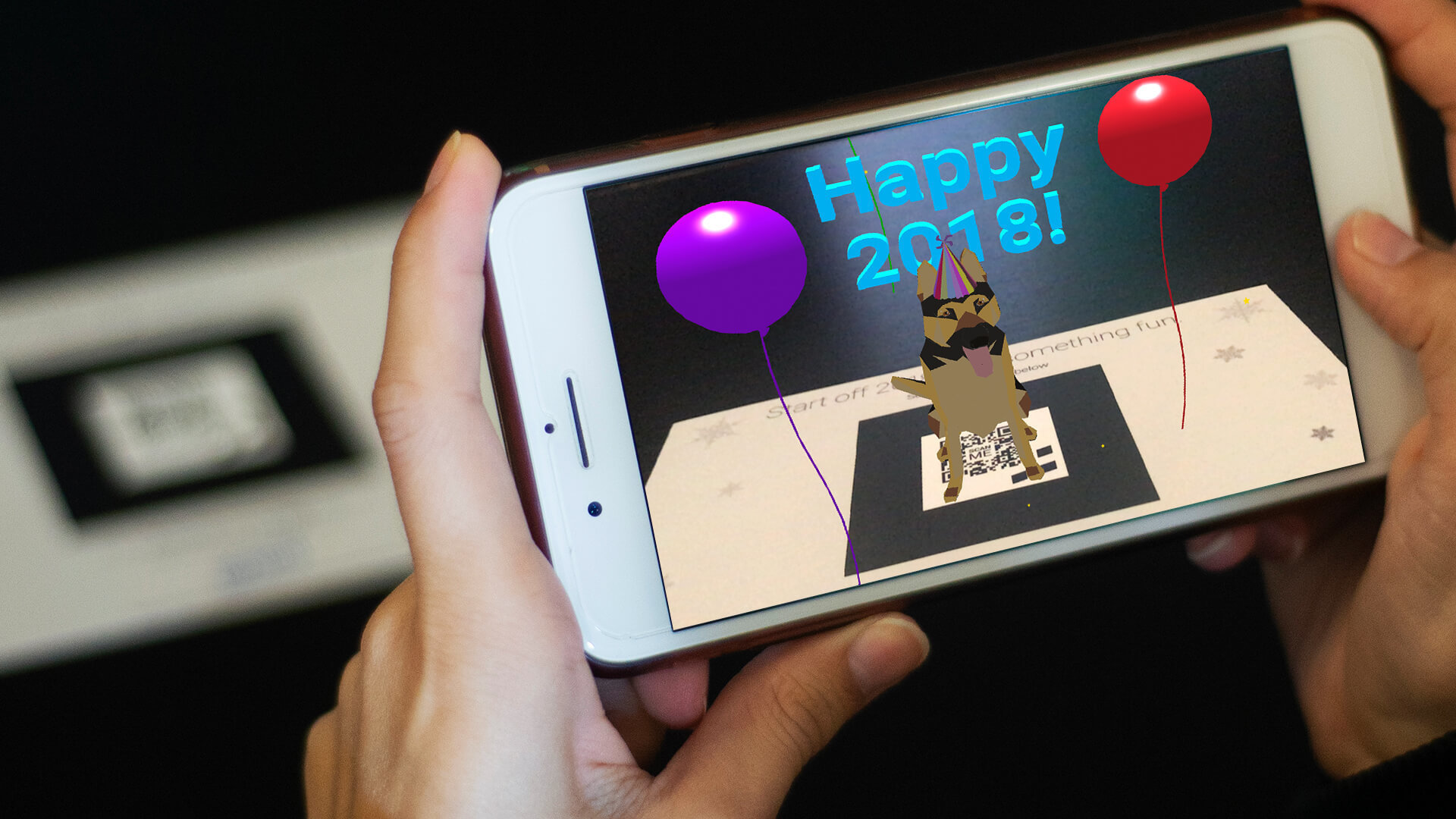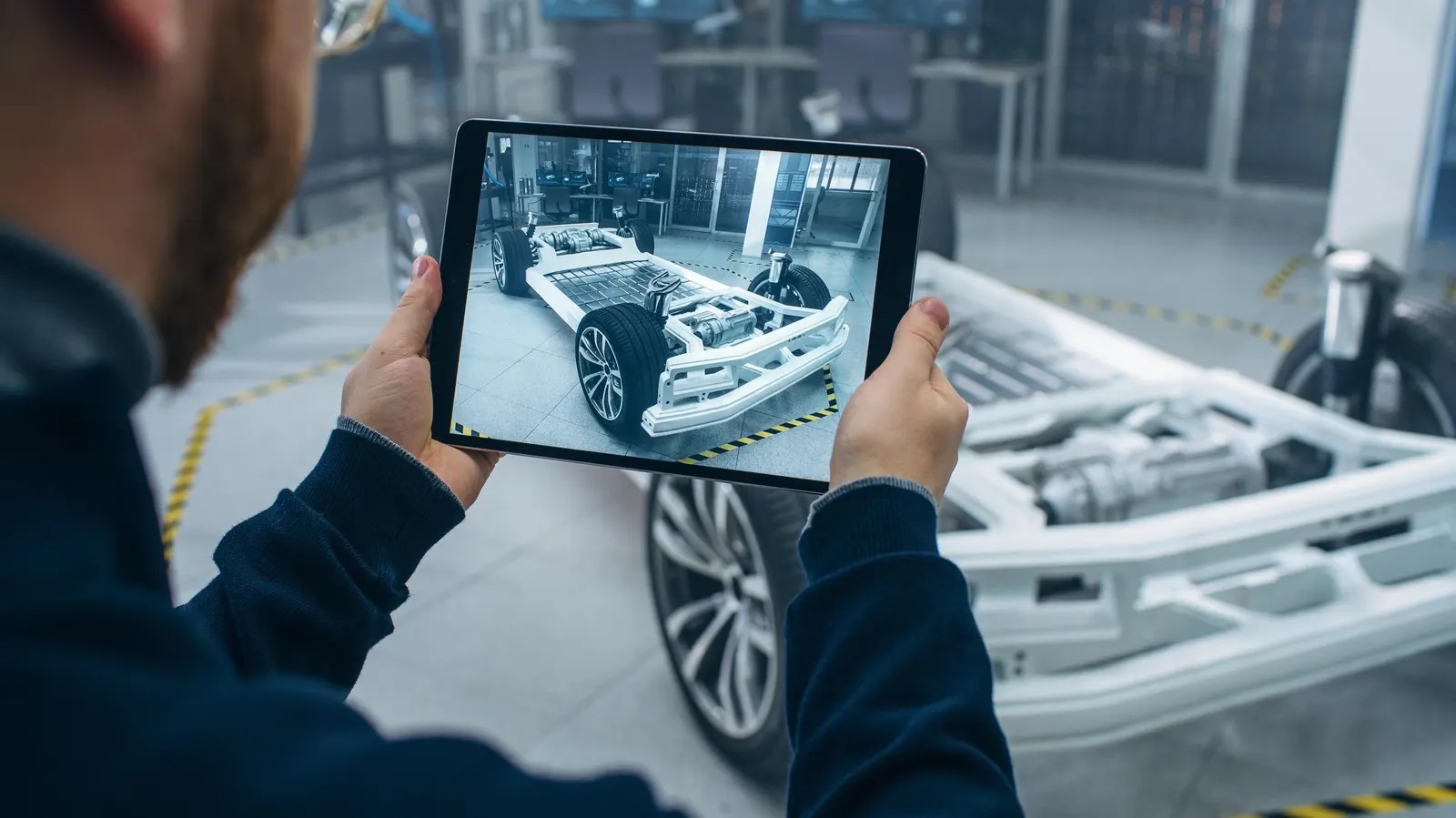Home>Latest News>Technology Trends>The Impact of Augmented Reality on Business


Technology Trends
The Impact of Augmented Reality on Business
Modified: September 5, 2024
Discover how the latest technology trends, including augmented reality, are reshaping the business landscape and driving innovation. Explore the impact and potential of AR for your business.
(Many of the links in this article redirect to a specific reviewed product. Your purchase of these products through affiliate links helps to generate commission for Techsplurge.com, at no extra cost. Learn more)
Table of Contents
What is Augmented Reality?
Augmented Reality (AR) enhances the real world by overlaying digital information onto it. This can include text, images, videos, and other interactive elements displayed in real-time on devices like smartphones or smart glasses. AR has gained significant traction recently due to advancements in hardware and software technologies.
Read more: Augmented Reality Business Card
Applications of Augmented Reality in Business
Retail and E-commerce
-
Enhanced Shopping Experience
- AR revolutionizes retail by providing customers with an immersive shopping experience. Retailers can create 3D models of products, allowing customers to visualize and interact with them more engagingly. For instance, customers can use AR apps to see how furniture would look in their home before making a purchase.
-
Increased Engagement
- Studies show AR can increase customer engagement by up to 200% compared to non-AR methods. This is because AR offers an interactive and personalized experience, making it more likely for customers to engage with products and brands.
-
Conversion Rate Optimization
- AR helps optimize conversion rates by providing detailed product information and allowing customers to see how products fit or look in real-time. This reduces the likelihood of returns and increases the chances of a sale.
Marketing and Advertising
-
Interactive Advertising
- AR creates interactive advertisements that engage customers more meaningfully. For example, a brand can create an AR ad that allows customers to see how a product would look on them without physically trying it on.
-
Brand Awareness
- AR increases brand awareness by creating immersive experiences that customers will remember. Brands can use AR to create interactive stories or games promoting their products and services.
-
Customer Insights
- AR provides valuable insights into customer behavior and preferences. Tracking how customers interact with AR experiences helps businesses gain a deeper understanding of their target audience.
Manufacturing and Product Development
-
Design and Prototyping
- AR aids in the design and prototyping stages of product development. Designers can visualize and interact with 3D models of products, making it easier to identify design flaws and make necessary adjustments.
-
Training and Education
- AR creates interactive training modules that help employees learn new skills and procedures more effectively.
-
Quality Control
- AR enhances quality control processes by providing workers with real-time information about products, helping identify defects and ensuring products meet quality standards.
Healthcare and Education
-
Medical Training
- AR is used in medical training to create realistic simulations of surgeries and other medical procedures, helping medical students learn new skills in a more immersive and interactive way.
-
Patient Education
- AR educates patients about their conditions and treatments. For example, AR can create interactive guides explaining complex medical procedures simply and understandably.
-
Interactive Learning
- AR transforms learning by providing interactive and engaging educational experiences. Students can use AR apps to visualize complex concepts and interact with virtual objects in real-time.
Benefits of Augmented Reality in Business
-
Enhanced Customer Experience
- AR provides customers with an immersive and interactive experience, increasing the likelihood of engagement with products and brands. This can lead to increased customer satisfaction and loyalty.
-
Increased Efficiency
- AR streamlines business operations by providing real-time information and enhancing productivity. For example, AR can create interactive training modules that help employees learn new skills quickly.
-
Cost Savings
- AR helps businesses save costs by reducing the need for physical prototypes and minimizing the risk of product returns. Allowing customers to visualize products in 3D reduces the likelihood of returns and saves businesses money.
-
Competitive Advantage
- Early adopters of AR technology can gain a competitive advantage over their competitors. AR provides a unique and innovative way to engage customers, setting businesses apart from their competitors.
-
Data Collection and Analysis
- AR provides valuable insights into customer behavior and preferences. Tracking how customers interact with AR experiences helps businesses gain a deeper understanding of their target audience and make data-driven decisions.
Challenges of Implementing Augmented Reality in Business
-
Cost
- Implementing AR technology can be expensive, especially for small businesses. Developing AR applications and integrating them with existing systems can be prohibitive for some businesses.
-
Technical Complexity
- AR technology requires advanced hardware and software capabilities. Ensuring devices and systems are compatible with AR technology can be a technical challenge.
-
User Adoption
- Some customers may hesitate to adopt new technologies, including AR. Businesses need to educate their customers about the benefits of AR and provide easy-to-use interfaces to ensure high user adoption rates.
-
Data Privacy
- AR technology collects significant data about customer behavior and preferences. Businesses need to handle this data responsibly and comply with data privacy regulations.
-
Integration with Existing Systems
- Integrating AR technology with existing systems can be challenging. Ensuring AR applications are compatible with existing software and hardware systems is crucial.
Future of Augmented Reality in Business
-
Increased Adoption
- Expect increased adoption of AR technology across various industries. As more businesses realize the benefits of AR, widespread adoption of this technology is likely.
-
Improved User Experience
- Future AR applications will focus on improving user experience. Expect more intuitive and user-friendly interfaces that make it easier for customers to interact with AR experiences.
-
Enhanced Data Analytics
- Future AR applications will provide more detailed data analytics. Businesses will be able to track customer behavior and preferences in real-time, making it easier to make data-driven decisions.
-
Integration with Other Technologies
- Future AR applications will integrate with other technologies such as artificial intelligence and machine learning. This will enable businesses to create more sophisticated and personalized experiences for their customers.
-
Increased Focus on Sustainability
- As businesses become more environmentally conscious, expect an increased focus on sustainability in AR applications. For example, AR can create virtual try-on experiences that reduce the need for physical prototypes, thereby reducing waste.

